9 Surprising Uses for Hydrogen Peroxide

by
BrightNest
(IC: blogger)
Easy
Let’s play a word association game. When you hear “hydrogen peroxide,” what do you picture?
If it’s a first aid kit, you’re not alone. The vast majority of us keep hydrogen peroxide in the wings for scrape and bruise duty and kinda forget it exists 99% of the time. Tragedy! Hydrogen peroxide’s anti-bacterial, anti-viral and anti-fungal properties make it one of the most valuable $2.00 purchases you can make at the drug store.
If it’s a first aid kit, you’re not alone. The vast majority of us keep hydrogen peroxide in the wings for scrape and bruise duty and kinda forget it exists 99% of the time. Tragedy! Hydrogen peroxide’s anti-bacterial, anti-viral and anti-fungal properties make it one of the most valuable $2.00 purchases you can make at the drug store.
Here are 9 of our favorite uses:
1. Remove Wine Stains
2. Keep Kitchen Surfaces Clean
3. Refresh Sponges
4. Clean Your Septic Tank
5. Remove Mold From Plants
6. Clean Your Toothbrush
7. Disinfect Fruits and Veggies
8. Accelerate Plant Growth
9. Brighten Your Hair
Enjoyed the project?

Want more details about this and other DIY projects? Check out my blog post!
Published November 20th, 2015 4:36 PM
Comments
Join the conversation
2 of 31 comments
-
-
 Terry Hogue
on Oct 17, 2022
Terry Hogue
on Oct 17, 2022
You can also pour a small amount 1/4-1/2 cup hydrogen peroxide to a plant that has been over ” loved” with water( remove drowning plant from excess watered soil - replant) . Water logged plants are starving for oxygen. Hydrogen peroxide revives a dying plant with oxygen to its roots.
-




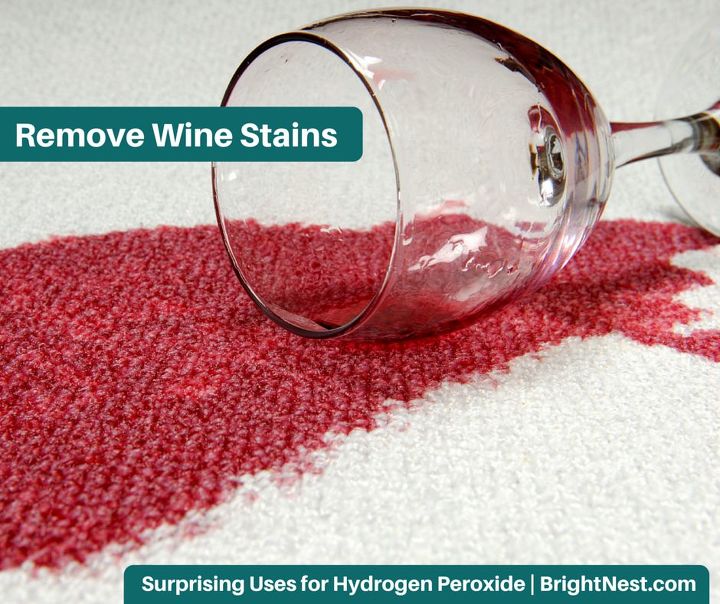








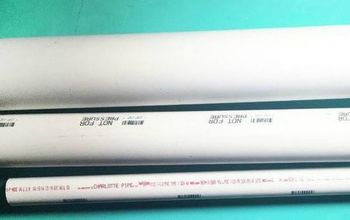






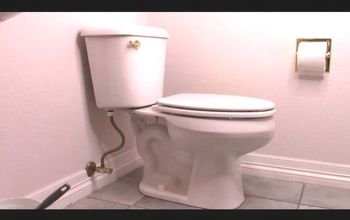
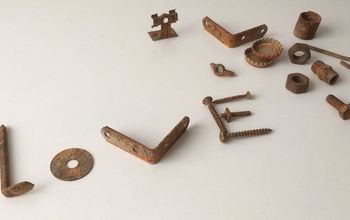


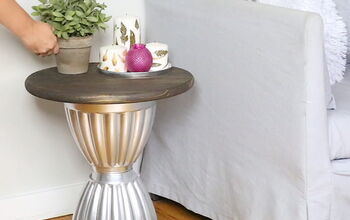






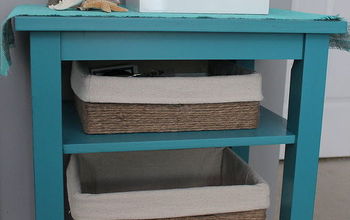




Frequently asked questions
Have a question about this project?
How long do you soak the seeds before planting?
How long do you soak the seeds for in hydrogen peroxide and water?